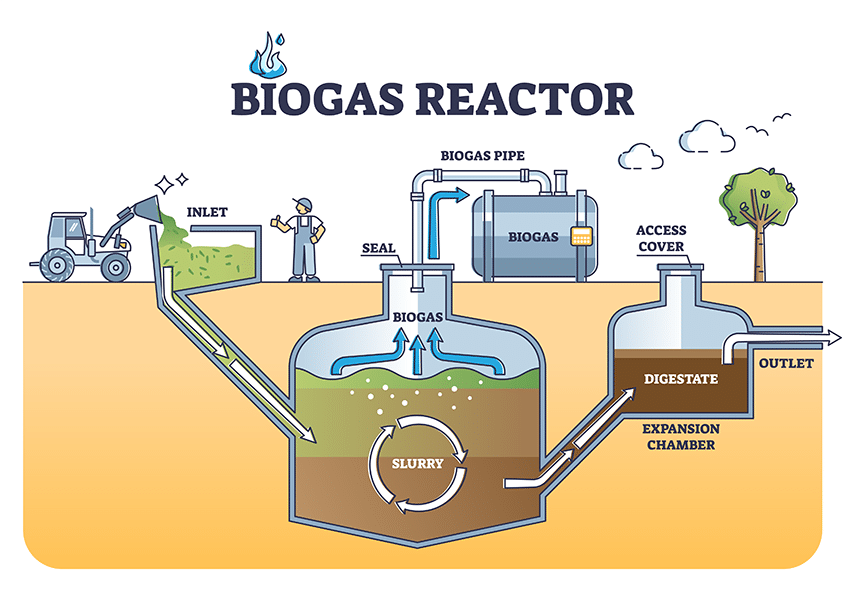By definition, the two separate terms are as follows:
Regenerative – adjective, relating to something growing or being grown again.
Agriculture – noun, the practice or work of farming.
While it may seem somewhat repetitive, when we take a deeper look into Agriculture, the premise is to repeat and improve the process each year. Take dairy farming as an example, Cows are bred to produce offspring but in this process, milk is produced. These same farmers also plant crops to feed their dairy cows. This cycle is something that is repeated each year.
Simply put, Agriculture itself is already a regenerative practice. Can it be improved upon? Absolutely. Should it be improved upon? Most definitely.

One of the biggest challenges currently is that the world’s population is growing at alarming rates and farmland is being reallocated for urban development. Some producers are starting to feel the pressure and are seeking out options that have the ability to increase efficiency and output in their operations. Agriculture Producers work hard to be good stewards of the land, there is an understanding that “You get what you put into it”. Certain practices such as no-till, cover crops, and tailwater collection systems are already in place. However, the need to be more efficient is ever prevalent.
So, what are ‘Regenerative Agriculture’ Solutions?
For the past 10 years, many creative solutions have entered the marketplace, taking a page from gardener’s books. With $100,000/acre farmland becoming the new reality, vertical farming systems are providing the solution to this. With the ability to condense upwards of 50 acres into a 5,000 sq ft tower, while also turning over a new harvest of fodder each week and only using 5% of the water needed compared to a traditional field.
As the change to electric vehicles on our roads is becoming the new norm, barns are also adapting to this greener technology. With electric robots replacing tasks for automated feeding, scraping manure, collecting deadstock, bedding stalls/barns, and mixing, delivering, and pushing feed. These machines are able to handle the majority of tasks that used to be completed with diesel-powered tractors.
Recycling water is something that small towns to large cities and municipalities have been doing for decades, especially in desert climates. Using this runoff from fields, buildings and cooling processes helps to preserve well water that is used for washing, for livestock water and helps to ensure water is available in the midst of drought conditions.
Another aspect of regenerative agriculture is repurposing the by-products of production, such as methane from livestock. This achieves many positive results, 2 of these are that it helps to prevent odor, especially bringing benefits when done near major centers, and the biogas contains methane which can be collected to produce electricity, heat, or hot water. Small producers can use these benefits to supply energy for their needs whereas large farms are able to sell this energy back through the grid.

Another benefit that can be achieved is, reducing the diesel needed to agitate a pit, this can be achieved by aerating the manure. This also creates a safer environment for employees and livestock, and it increases the value of nutrients for crop application. This also reduces the need for fertilizers and the equipment that spreads the fertilizer.
These benefits start to add up, especially when we consider alternative energy sources such as solar power, and electric vehicles (farm trucks, skid steers, tractors, and more).
Each improvement on the farm may not appear significant in isolation but when you take a step back you can begin to see how each one of these changes creates a greener and more efficient cycle.
Looking at the big picture, you can see that Regenerative Agriculture boils down to implementing technology, equipment, and methods that further improve our agri-food production systems. These changes also have tremendous effects of reducing environment or social impact, or in some cases, providing a net-positive impact.
Stay tuned as we continue to discuss the impacts of Regenerative Agriculture.
Ref:
https://www.frontiersin.org/articles/10.3389/fsufs.2020.577723/full
http://conservewaterforfood.org/water-reuse-in-agriculture
https://www.sciencedirect.com/science/article/pii/S2211912420300584

